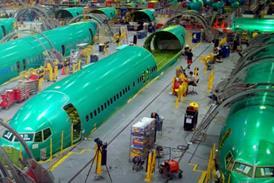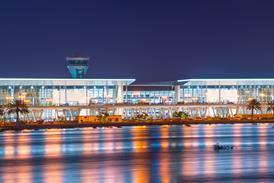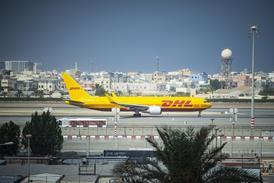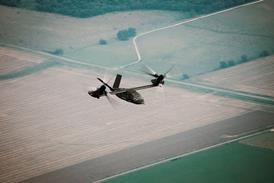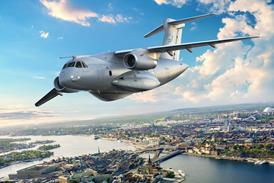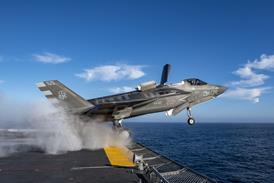The US Navy has approved a plan to begin retiring the Lockheed Martin S-3B Viking from its carrier air groups (CAG) in 2004, despite a recent structural assessment showing half the aircraft's fatigue life is still unused. As a result, the manufacturer is canvassing international interest in the twin-engined maritime patrol aircraft.
The S-3 "Sundown Plan" calls for the USN's 107-strong fleet to be phased out by 2009, even though the aircraft could remain on the navy's air carriers until 2020 with only "minor enhancements", says Lockheed Martin S-3/P-3 programme manager Mark Jarvis. The S-3B fleet on average has clocked up between 8,000h and 9,000h, whereas a recently completed USN-funded full-scale fatigue test showed airframe life expectancy of 17,500h.
Among those interested in the S-3B is Venezuela, which has a need for six to eight aircraft for anti-drug patrols. Brazil, the United Arab Emirates and the UK have also asked some initial questions. Lockheed Martin believes there is potential interest in Estonia, Latvia and Lithuania, as well as with the US Coast Guard's expanded homeland security mission.
The USN aircraft no longer have an anti-submarine warfare role, but continue to perform surface surveillance and strike missions. The aircraft's retirement from the USN, however, is being driven by the introduction of the Boeing F/A-18E/F Super Hornet, which has assumed the S-3B's function of inflight refuelling.
The numbers of S-3Bs in a CAG is being cut from eight to six with arrival of the first Super Hornet squadron and will be withdrawn altogether with the addition of a second F/A-18E/F unit. The first two Viking squadrons stand down in 2004 and remaining eight by 2009.
Source: Flight International

